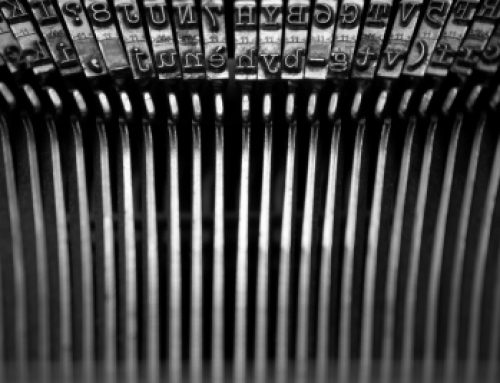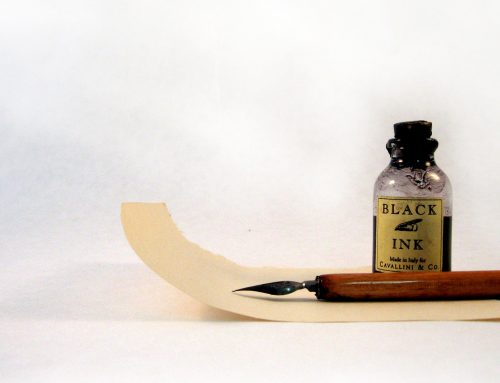Writing great non-fiction is more than just a listing of facts: dates, figures, events. Writing creative non-fiction is about finding the story among the dates, figures and events. Creative non-fiction is the animating of that story in such a way that others are engaged, interested…inspired even. How can writers of non-fiction find and illuminate that story from the depths of factual information?
Readers of both fiction and non-fiction look for a well-crafted piece of work in what they are reading. That means they look for a unifying thread that draws connections to various events, overarching and universal themes, a well-crafted sense of place, a clear idea of how events unfolded and an unwavering sense of those involved in the events. In other words, readers of both fiction and non-fiction look for story. For the non-fiction writer, this means extrapolating key ideas and interpreting events then presenting it in an engaging manner.
Where better for the writer of non-fiction to discover the art of a good story than in fiction. Non-fiction writers can use narrative techniques usually found in the fiction writers’ toolbox. Non-fiction writing can be as much about what is left out of the story as what is included. The writer carefully selects information about their subject in order to create a narrative. It is not simply a list of all facts, it is a meticulously shaped presentation of some factual information. Does the very process of selecting and de-selecting information fictionalise the events?
In ‘Creative Nonfiction: Researching and Crafting Stories of Real Life’, Philip Gerard writes, “No matter how you record an interview, as a writer you always apply art to what the subject says – in Janet Malcolm’s phrase, you owe it to the subject ‘to translate his speech into prose.’ … When the interview finds its way into your piece, it will make the transformation in pieces – selected, edited for sense, truncated, all out of the original order.”
What is this ‘art’ of the writer? What are the narrative techniques used by fiction writers?
Narrative techniques:
- Plot, subplot, backstory
- Point of view
- Narrative roles
- Characterisation, character arc
- Setting
- Narrative structure
- Chronology
- Genre (eg: travel, historical, etc.)
- Sequencing of events
- Symbolism, metaphor, allusion
- Intertextuality (relationships and connections with other texts)
- Themes
- Conflict, tension
- Values
- Moral positioning
- Insights into human behaviour, history, the future
- Ideological preferences
- Confliction, suspense, tension
- Narrative arc
- Pacing
- Mood, atmosphere
Here’s an example from a memoir that I ghostwrote:
“Step right up, step right up, to the greatest show on earth. Toss a bag, try your luck. Come on over and have a go, you can win some candy. Step right up, step right up.” The ringleader, the boy, must only be about 10. He adjusts his signs, rearranges the sweets. A girl comes out of the front door of her apartment, the ringleader waves her over, “Come on over, try your luck with the roller ball. Roll the ball along the wires, it’s easy, but don’t let it fall in the holes. Come on and have a go.” She skips over and joins the growing crowd. The ringleader hums circus music to himself, “Da…doo, doo, doo, do, do-do, da, da, doo, doo…” You know the tune, open the flap to any PT Barnum circus tent and there it is, the quintessential circus music and in the centre, the ring leader building the excitement.
This is what I mean when I say that non-fiction writers borrow from fiction. Look at the list of narrative techniques above and see which of these are at work in this example:
Point of view: it is written in third person perspective,
Character: you begin to get a sense of the main ‘character’, the subject of the memoir, as a young boy.
Setting: you start to glimpse a setting – a set of apartments and a mini circus set up by the main character.
Mood: the classic image and atmosphere of a circus is evoked through the use of PT Barnum and the image of the ringleader in the central tent.
Themes: the well-known symbols of circus, ringleader and PT Barnum that tap into universal themes associated with childhood, excitement and anticipation, and this helps hook the reader into the piece.
In your own non-fiction writing, try to utilise the above aspects of fiction writing techniques in your work to add richness and depth to the writing. How does this bring your writing to life? Do you remain loyal to the facts and events? What is the effect on the reading? Is it more engaging, more entertaining?
And while you are experimenting with fiction writing techniques in your non-fiction writing, read other non-fiction works. There is a plethora of fantastic non-fiction writing available. Here are a few to get you started:
- Mary Ellen Jordan: ‘Balanda: My Year in Arnhem Land’
- Phil Jarratt: ‘The Mountain and the Wave – The Quiksilver Story’
- Elizabeth Best & Colin Bowles: ‘The Year We Seized the Day’
- Leslie Jamison: ‘The Empathy Exams’
- Helen Garner: ‘Joe Cinque’s Consolation’




